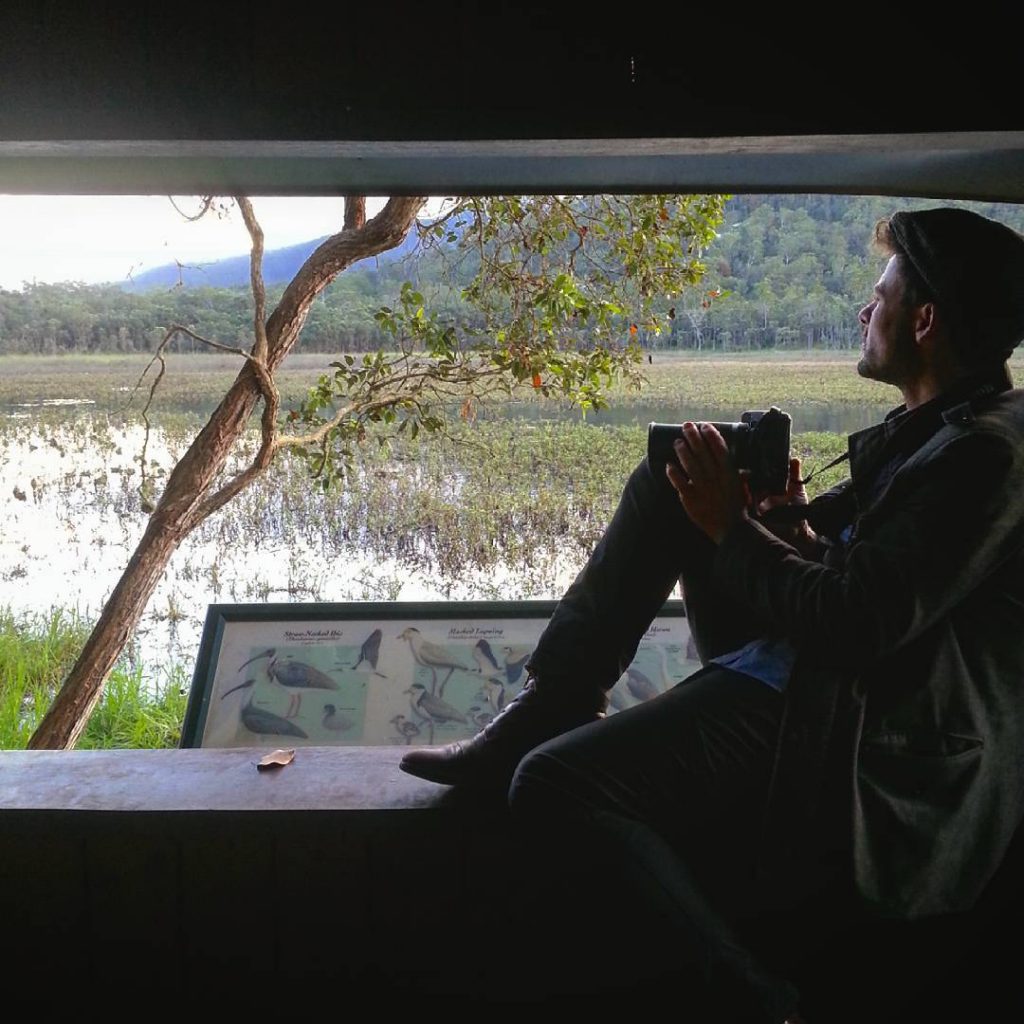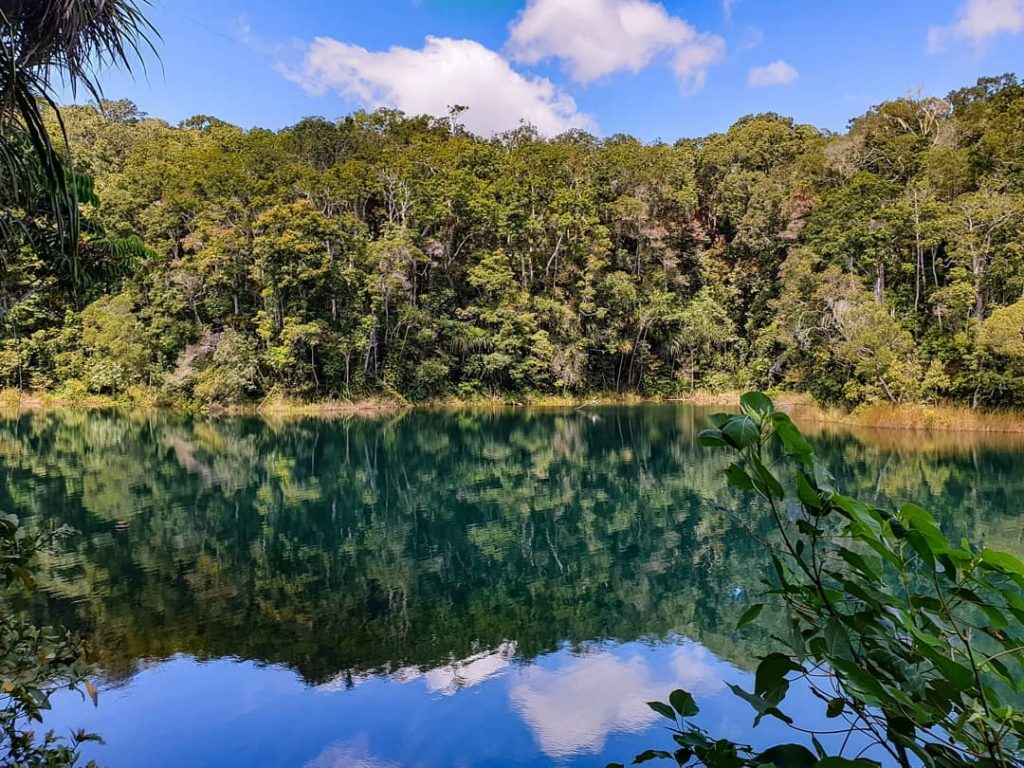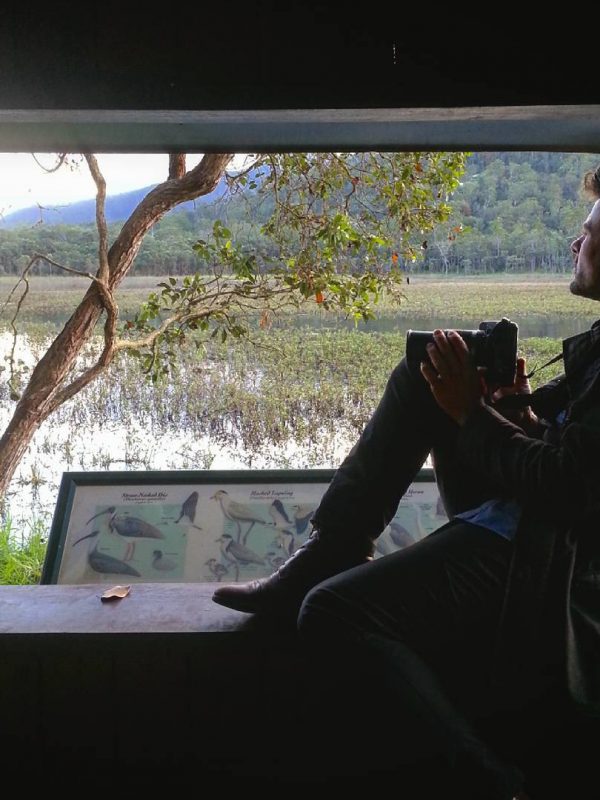Avid birdwatchers and those new to the thrill of spotting and observing an astounding variety of feathered fauna in the wild will be delighted with the opportunities for this satisfying pastime on the Atherton Tablelands.
The range of habitats from rainforest to wetland, volcanic lakes and open woodland make it one of the world’s hotspots for birding with more than 300 species, including 13 endemic species not found outside the Queensland Wet Tropics.
Hasties Swamp
One of the top bird-watching spots on the Tablelands is Hasties Swamp, just 4km from Atherton town centre.
Hasties has a two-storey “hide” where you can see the birds but the birds can’t see you so they are not afraid to come close to your hideaway.
In the wetland, birds include magpie geese, pink-eared ducks and a variety of other ducks, including plumed whistling ducks and grey teals, and various egrets and ibis.
Seasonal changes bring kingfishers, the delightful water lily-walking jacanas, stilts, dancing sarus cranes and more, and the surrounding woodland provides roosting and nest sites for at least seven raptor species, including majestic white-bellied sea-eagles, which have wingspans of 2.2 metres.

Curtain Fig Tree
Near Yungaburra, the Curtain Fig Tree national park takes you under the rainforest canopy where honeyeaters, wrens, robins, pigeons and doves abound as well as the occasional rufous owl and cutely beaked and colourful yellow-breasted boatbill.

Lake Eacham and Lake Barrine
The volcanic crater lakes Eacham and Barrine afford a mix of wetland and rainforest habitat that make them home to many of the signature Wet Tropics birds such as gorgeous wompoo fruit doves, emerald doves, whipbirds, chowchillas, exquisite Victoria’s riflebird, tiny double-eyed fig parrots, tooth-billed bowerbird and sometimes, a cassowary.

What You Need to Get Started
Bird lists and expert local advice are available online at birdlifenq.org.
The national organisation BirdLife Australia encourages volunteers to take part in a range of bird-recording activities but all you need to get started is a pair of binoculars, a notebook and either a field guide book or phone app of Australian birds.
Whether you are a serious birder or an occasional twitcher, just getting into the forest and watching the birds go about their business can also be very rewarding.
As BirdLife Australia says in its catch phrase, “Birds are in our nature”.

